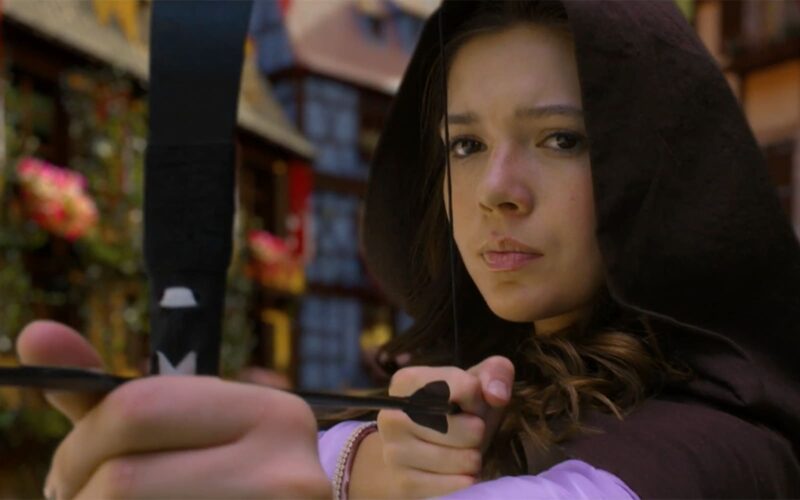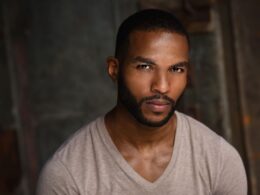Blending live-action performances, handcrafted visual effects, and cutting-edge generative tools, the director’s approach redefines what’s possible outside the studio system. Yet at its heart, Princess Halle and the Jester remains a deeply human story — a throwback to the golden age of Hollywood filtered through the lens of tomorrow’s technology.
We spoke with Lombardi about the making of his pioneering film, how AI became “CGI on steroids,” and why he believes this hybrid model could mark the future of independent filmmaking.
Princess Halle and the Jester has been described as the first fully generative AI-enhanced indie feature. Can you walk us through how you combined traditional filmmaking with AI to bring this story to life?
The original cut of the film was made using entirely traditional techniques (live-action on greenscreen, digital sets, and CGI creatures). Unfortunately, the $100,000 budget didn’t allow us to realize the world of Halle as fully as we’d hoped. When generative AI initially came online, the results from our early AI tests weren’t very promising; however, only six months later, the technology had evolved to where we could use generative AI to address the major shortcomings of the original cut which principally involved the lack of background extras, the lack of dynamic camera movements, the limited animation on the digital characters, and the underwhelming digital doubles. All those were rectified with the generative AI enhancements we made to the director’s cut.
The film was made on a $100,000 budget but looks like a multimillion-dollar production. What specific role did AI play in stretching those dollars and making the impossible possible?
AI allowed us to populate large crowd scenes (which always adds scope to a picture), extend the virtual sets, add dynamic movements to the static camera of the original cut, add realistic particle effects (lava, fire, smoke, water) to scenes, and reanimate the digital characters’ performances to be much more engaging and realistic. What we found was that all our handcrafted foundational work with the original cut got us 70% of the way there, and generative AI was able to extrapolate the last 30% that we needed.
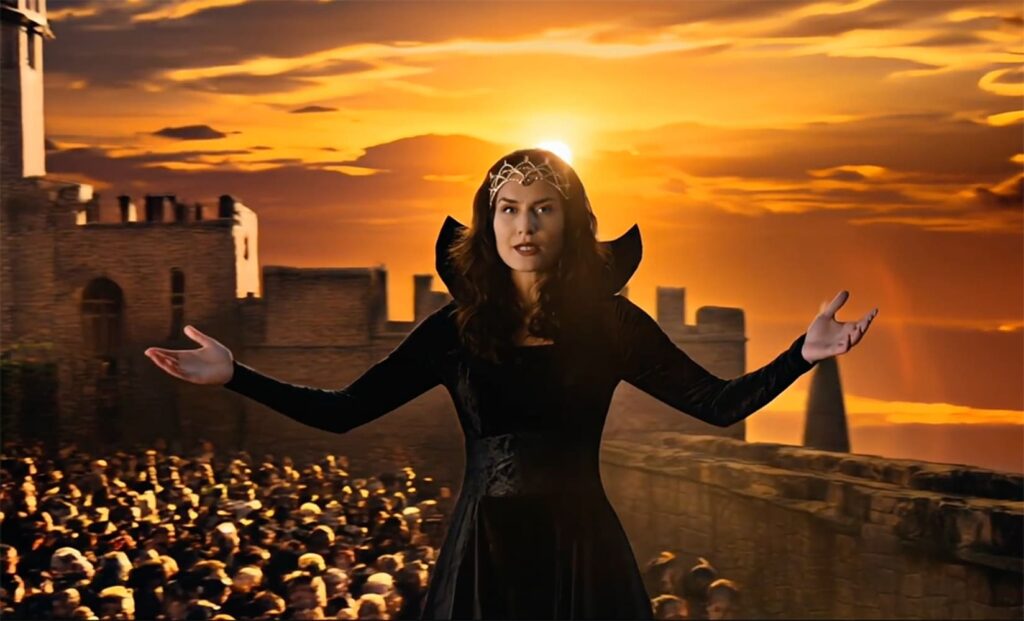
You’ve emphasized that AI in your process wasn’t used to “write the film” but to enrich the world—crowds, landscapes, creatures. Why was keeping human storytelling at the core so important to you?
Storytelling is a uniquely human endeavor. Any work of art is an expression of our human experiences… our desires, our inclinations, our relationships, our hopes, our struggles, our philosophies, our interests…. there’s no confusing that with AI “output.”
Filmmaking has always been a tech-forward art form, and as technology has advanced, so has filmmaking. CGI didn’t replace human actors or VFX artists, and I don’t expect AI will, either. I do worry, though, that AI will contribute to a deluge of meaningless imagery.
Many indie filmmakers struggle with limited resources. Do you see your hybrid approach as a model that could democratize filmmaking, allowing small creators to rival studio spectacle?
If a major studio were to produce the Princess Halle script, it would be budgeted at $40- 50 million (maybe more). While the director’s cut with its $150,000 final budget doesn’t fully match what a big-budget studio version would be, it has long stretches where it comes close enough, and that’s our first attempt with primitive technology. I have to assume that as time goes by, small creators will continue to narrow the gap between low-budget and big budget productions. I guess that ultimately the IP, and not the size of the budget, will differentiate studio fare from small creator fare.
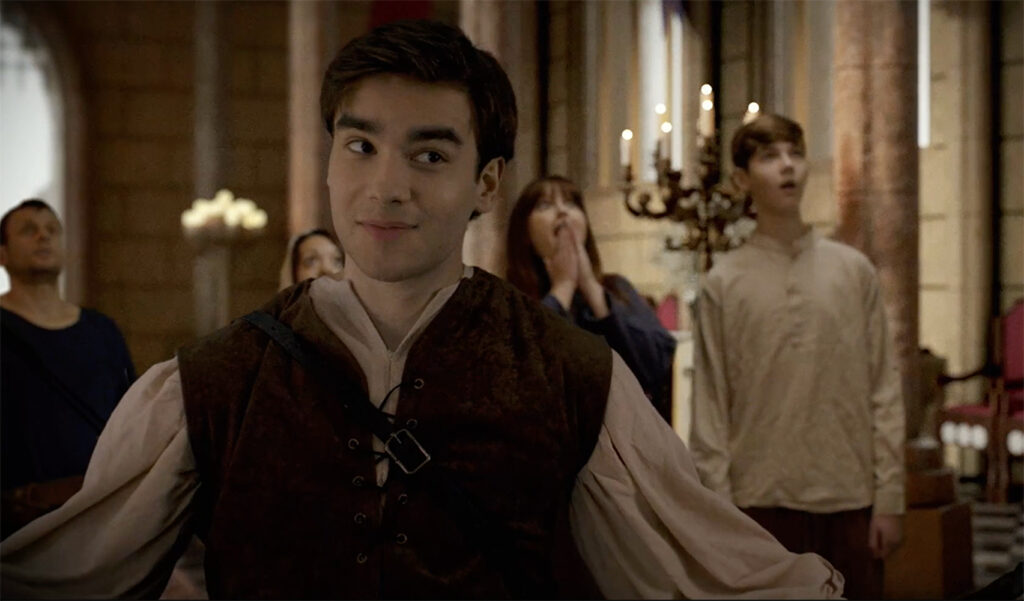
What were the biggest technical challenges of blending live-action performances shot in a garage with digitally generated environments?
One misconception about the digital environments in the director’s cut of Princess Halle and the Jester is that they are AI-generated. Most of the time, the environments are still the same human-created 3DS Max virtual sets. We were able to enhance and expand the virtual sets with AI in the director’s cut, but the foundational work was handmade, and, in fact, most of the original composites (made without AI) remain in the film as-is.
My early VFX background involved a lot of compositing, so since I couldn’t afford a compositor, I had to composite all 1,400 shots myself. Rotoscoping is a nightmare. The biggest hurdle was maintaining a stylistic line where the backgrounds were believable enough for the audience to accept what was happening on-screen, but slightly painterly or impressionistic enough to give us a desired look that would also afford us a bit of leeway regarding abject photorealism, given the low budget.
I had the VFX artists create the virtual sets before we shot the film on greenscreen in the garage. This helped me figure out, in a primitive way, where the light sources from the sets “should” be coming from. I had photos of the digital sets while we were filming so the actors had a rough idea where they were supposed to be in 3D space, and I could use their positions to roughly approximate what the lighting should be. That manifested as either closing one or both garage doors, moving some flags around, killing the overhead lights, or stepping right outside the garage into sunlight. It was a wildly ambitious undertaking, and while the result isn’t perfect, it gets the job done.
How did your background at NYU Tisch and your earlier work with virtual sets and VFX prepare you for this project?
In my senior year of film school, I made an experimental VFX-driven comedy with virtual sets and digital doubles. My VFX partner in the film later went on to a prominent VFX role on Avatar. The work we did was primitive, and only 8 minutes out of the 30 minutes I shot were usable, but it was the stepping stone that allowed me to move forward with my next projects that had higher quality animation and more realistic virtual sets. I can’t speak to what it’s like now, but 20 years ago, no one at NYU was playing around with VFX like I was. My work confused some of my peers (or drew jeers from others), but I didn’t care because my passion was clear.
There’s a growing debate about AI in creative industries—between fear of replacement and excitement about new possibilities. Where do you think indie filmmakers should draw the line when it comes to using AI?
I’m not a believer in AI-driven screenwriting. The backbone of a film is the script, and if the script is not authored by a living being, then what, exactly, are the actors expressing on-screen? Nothing but an artificial, regurgitated, cold facsimile of a story. Personally, I see absolutely no role for AI in the screenwriting process.
I’m also not a supporter of AI “actors.” It’s one thing to be watching a cartoon or animated film where you accept that the characters on-screen are drawn or puppeted. It’s an entirely different thing to be shown fully AI-driven “live-action” characters across a runtime. Actors bring their experiences, their emotions, their instincts, and, ultimately, their souls to a role. AI can’t replicate that. AI can enhance our work, but I’d argue that AI doesn’t “create” as much as it just reorganizes or reconstitutes preexisting elements.
We used AI to enhance all the handmade, artist-driven work we had already created for the original cut of Princess Halle and the Jester. We didn’t use AI to generate anything out of whole cloth. I utilized AI as “CGI on steroids,” but I didn’t use it to do anything that we couldn’t have technically done with digital doubles (which we had) or virtual sets.
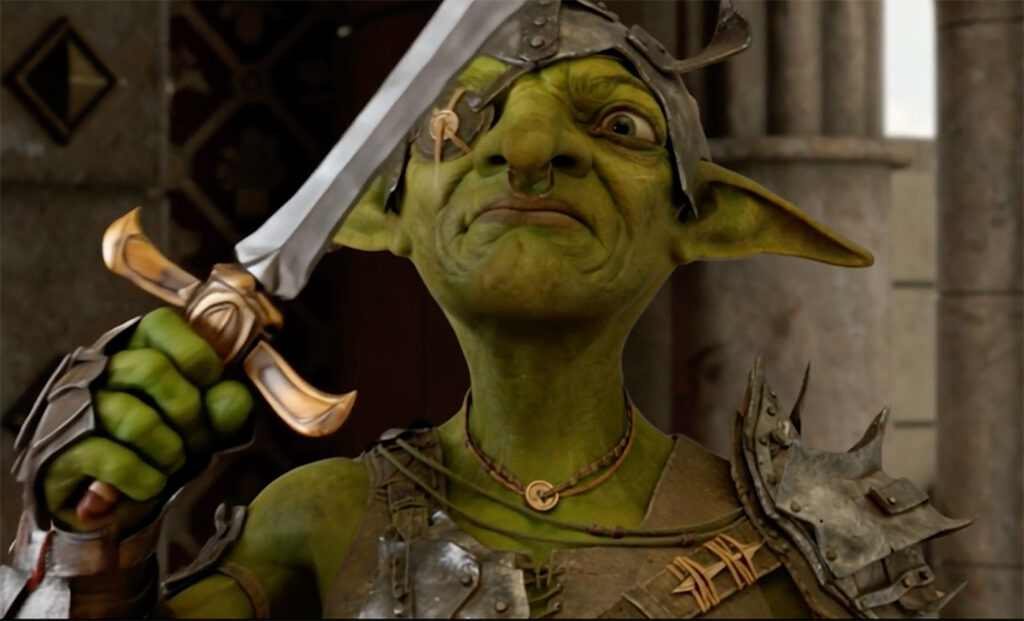
Princess Halle and the Jester pays homage to the golden age of Hollywood while pushing into the future with AI. How did you balance those two seemingly opposite aesthetics?
That was a struggle. One readily apparent thing was that, without a crew, we were not
going to have wildly dynamic camera moves (at least, not in the original cut). Then
again, neither did The Wizard of Oz or Snow White, or Gone with the Wind… all those classic Technicolor films that have inspired countless millions. I was also quite taken with the digital films of the early 2000s, namely Sky Captain, Alice in Wonderland, and the Star Wars prequels. I decided the film would be a stylistic throwback, both in terms of acting and cinematography, to the Golden Age films, but painted on a digital, 21st-century canvas. We wanted the whole film to have a slightly painterly aesthetic. When we enhanced the film with AI, we were able to bridge the gap a bit more with the films from the early 2000s. We were able to generate more dynamic camera moves and give a sense of scale that the original cut was lacking. The result, for me, was a satisfying hybrid of 1930s Technicolor films, early 2000s VFX films, and cutting-edge AI.
What did working with a relatively small team—or in your words, “one camera, three lights, and a garage”—teach you about the creative process in this new era of filmmaking?
It made for a very personal shoot. We didn’t have dozens of crew members standing around. It was just the actors and me, and in that way, it was more like a theater. It also meant that we could work quickly and more nimbly, because we could turn on a dime like on a documentary shoot. It was a great exercise in learning how much you could do with very little. It also demonstrated some very real limitations to what you can accomplish with no crew and very little money. Creatively, it was freeing because there was no one to dictate the choices we made. For better or worse, it was pure art. That being said, I’d absolutely love (and would need) a crew on my next film 🙂
Looking ahead, how do you see AI reshaping not just indie productions, but the film industry as a whole in the next 5–10 years?
YouTube, TikTok, sports, gaming… all these things have significantly fragmented audiences over the past decade. Younger generations haven’t been raised to watch feature-length films the way my generation and older generations were. Films don’t have the same cultural relevance they once did. All these elements combined have led to smaller audiences, which has led to less revenue potential for titles. On the other hand, production costs have risen largely due to the labor costs tied to inflation.
So the principal thing I believe AI will enable filmmakers to do is bring their budgets in line with revenue potential. The indie film market has suffered due to the glut of content out there, but audiences have certain expectations about production values, and AI will help all filmmakers (indies and studios alike) make movies that deliver on audience expectations while adhering to a business model that is profitable and sustainable.
Beyond that, the gap between indie and studio productions will continue to narrow as technology enables low-budget productions to tell large-scale stories inexpensively.
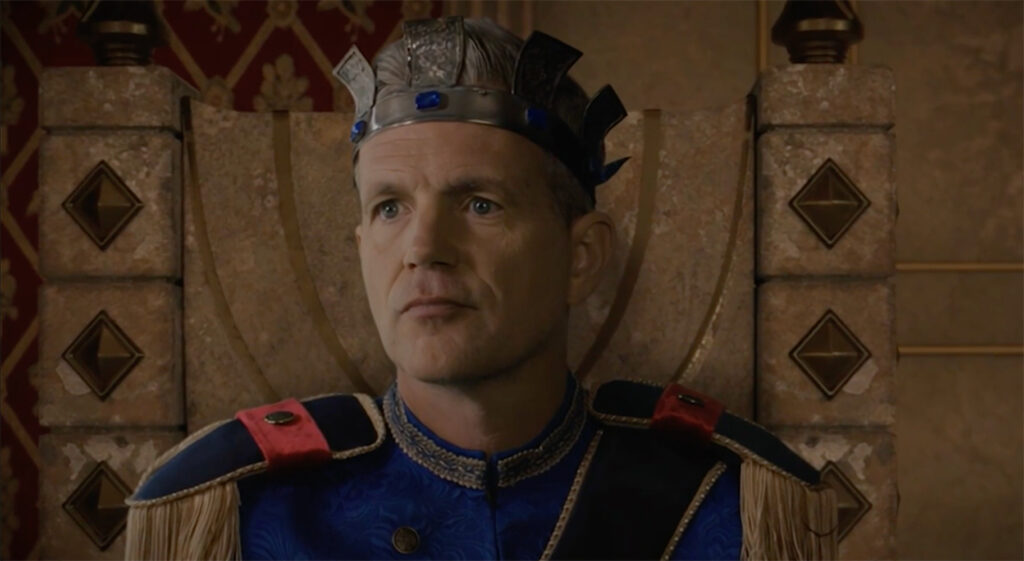
For filmmakers curious about experimenting with AI on their own projects, what advice would you give them? Where should they start?
Always start with a good story. Even when our budget didn’t allow us to fully realize certain stretches of the film, the strength of the narrative still propelled the movie. From there, I’d watch some of the more innovative AI films (including Halle) because you can learn by osmosis. Over 15 years, I endlessly watched making-of features, YouTube VFX tutorials, read books about filmmaking… and this was all supplemental to the work I was doing with my own studio, my own experiences. Just like all journeys begin with a single step, all movies begin with a single shot… so do one VFX shot, then go on to the next.
Beyond the groundbreaking technology, Princess Halle and the Jester is still a heartfelt fairy tale. What do you hope audiences especially families—take away from the story itself?
When we released the original cut of the film, I said the future of independent film starts
here. At the time, I didn’t anticipate how much further Princess Halle would evolve and
that, in a small way, it could continue to pave a new path forward for indie film with the
advent of generative AI. And while we’ve always been proud of the technical hurdles we
overcame, our goal was to make a charming film that captured the spirit of golden age
cinema. We wanted to reintroduce a kinder, more heartfelt type of movie to audiences.
The director’s cut is only available on Amazon Prime, so hopefully, audiences will
discover the new version of the film there and experience a small milestone in indie film.





